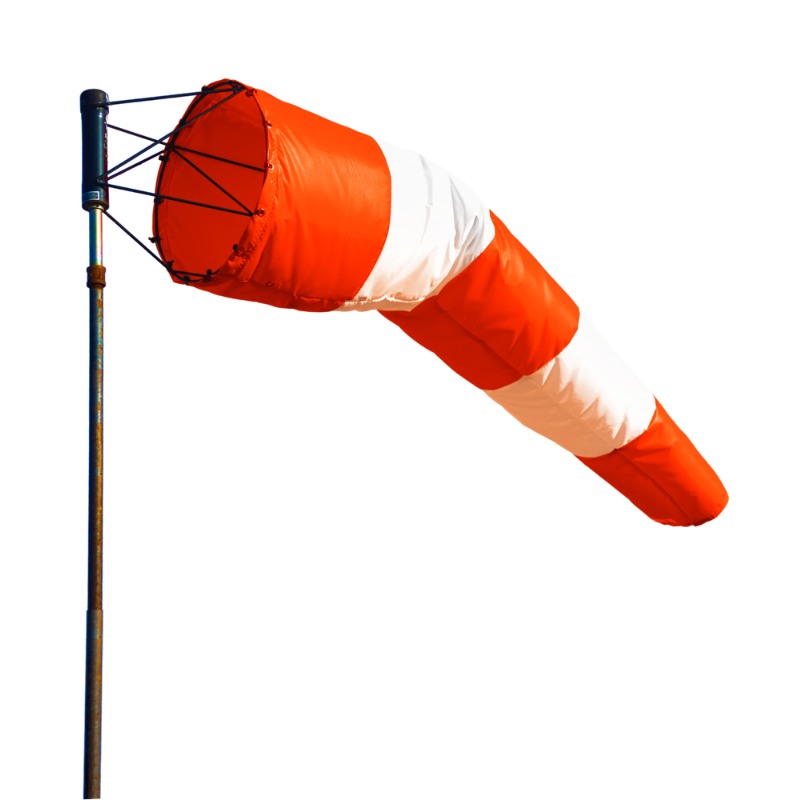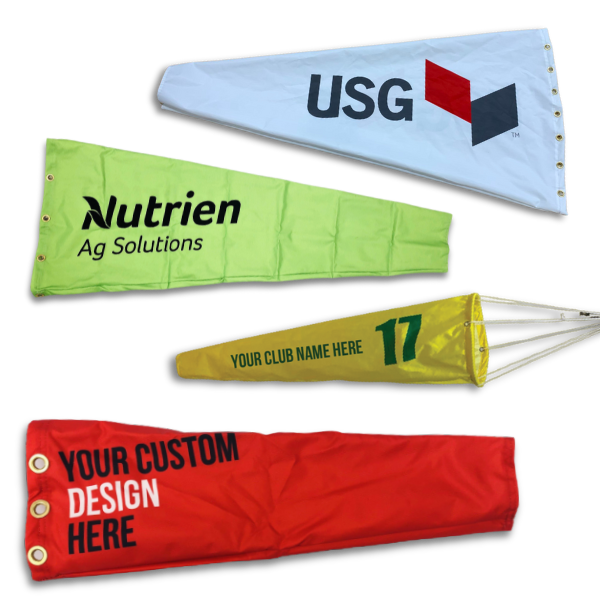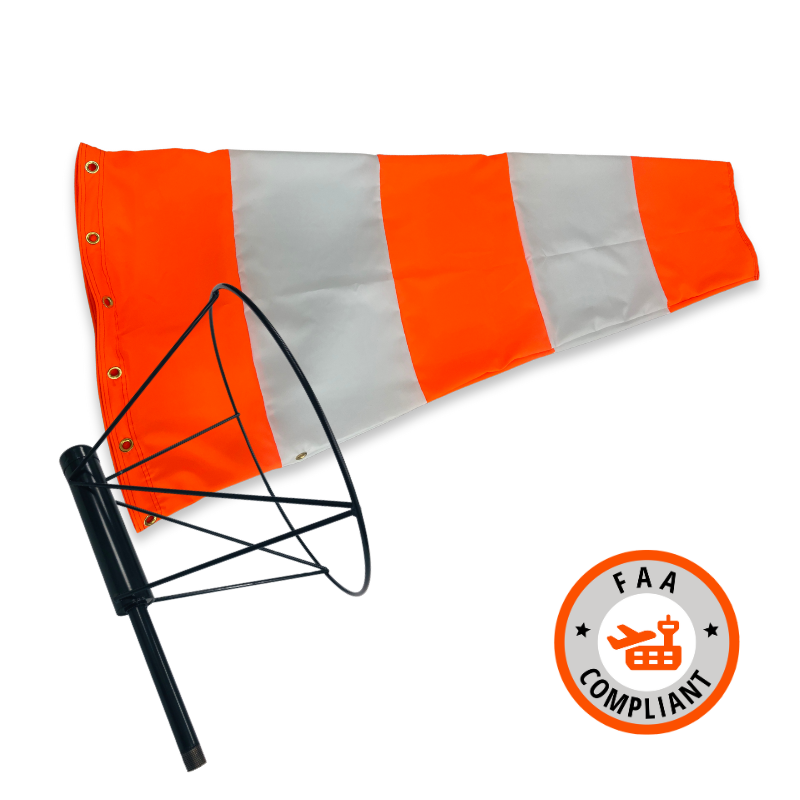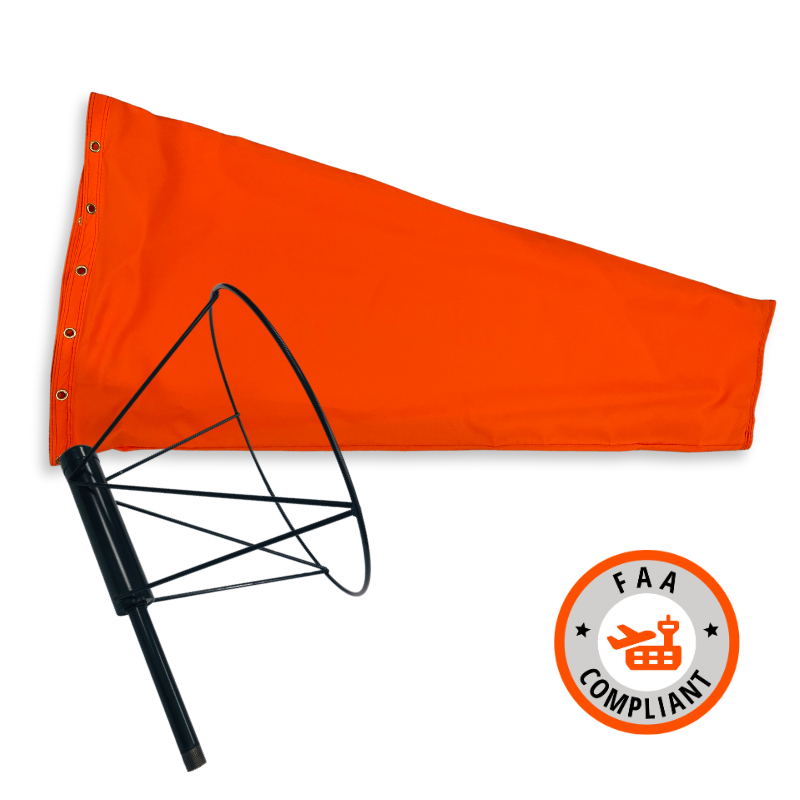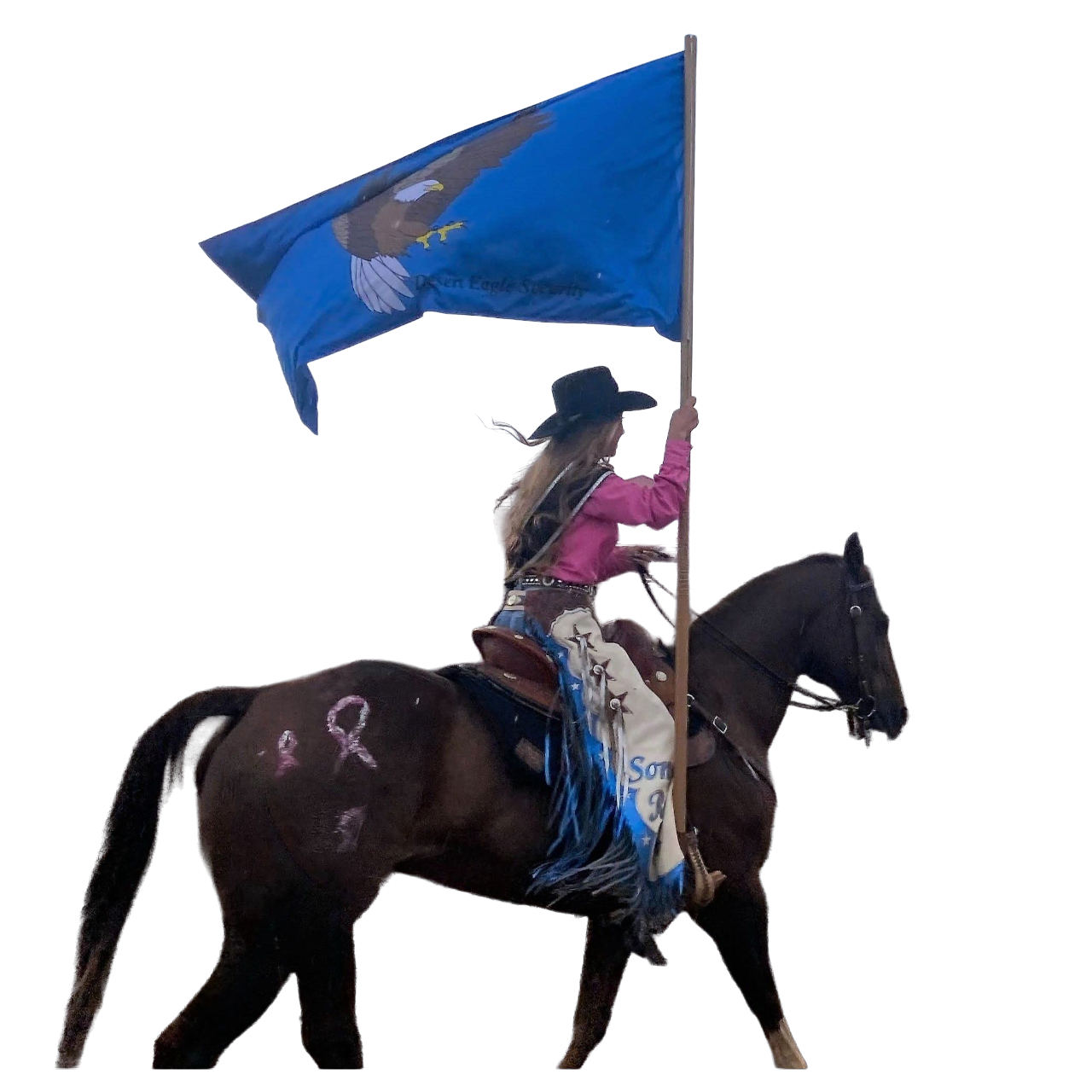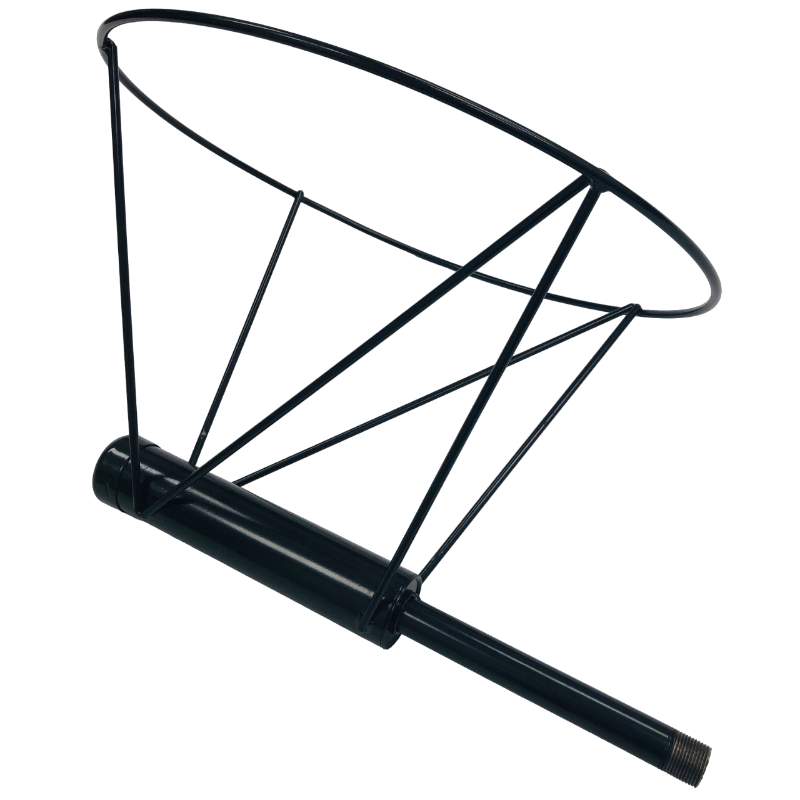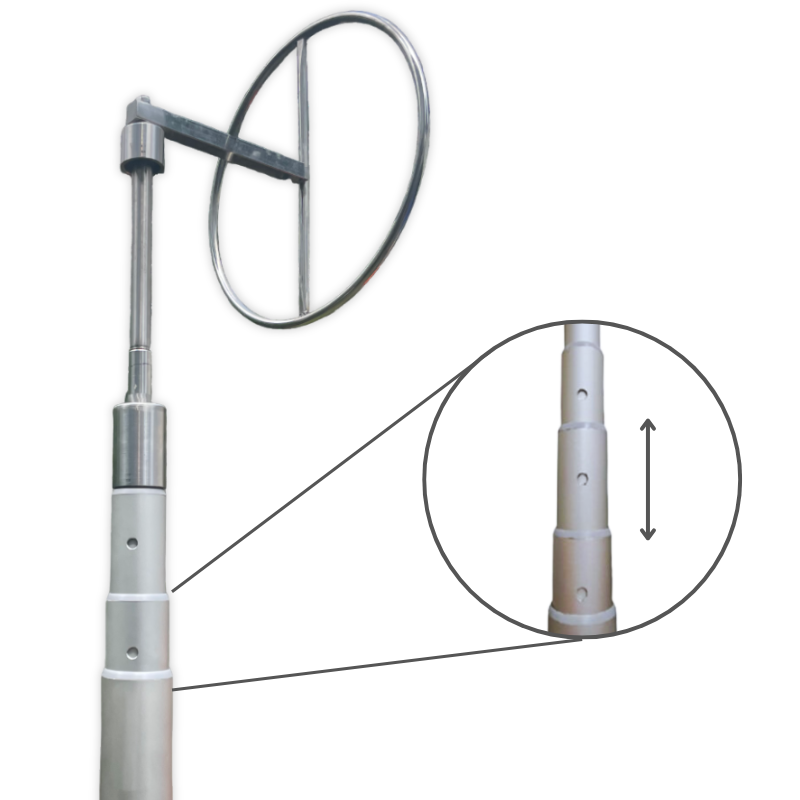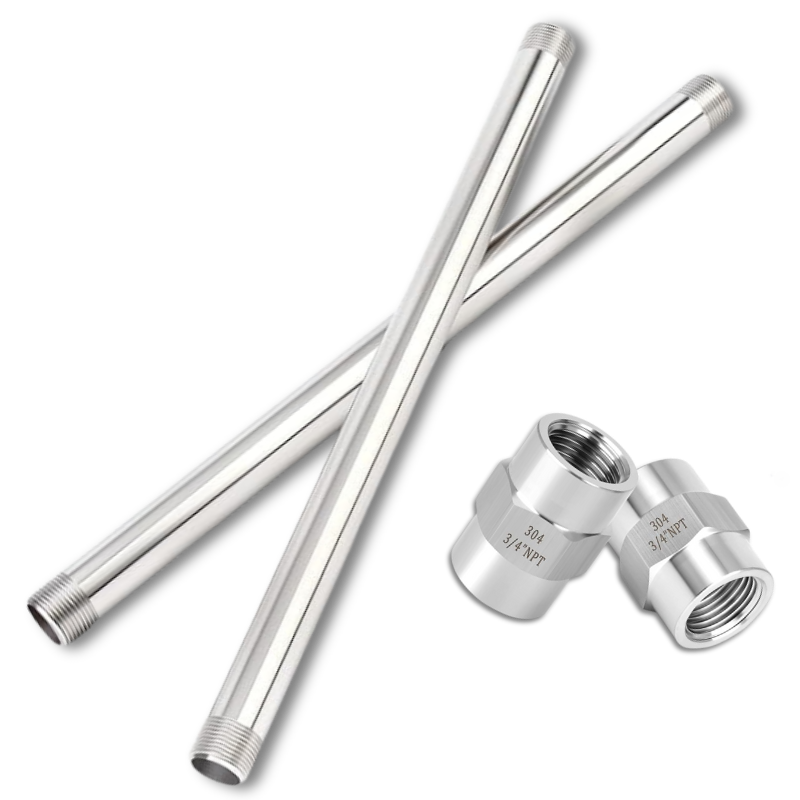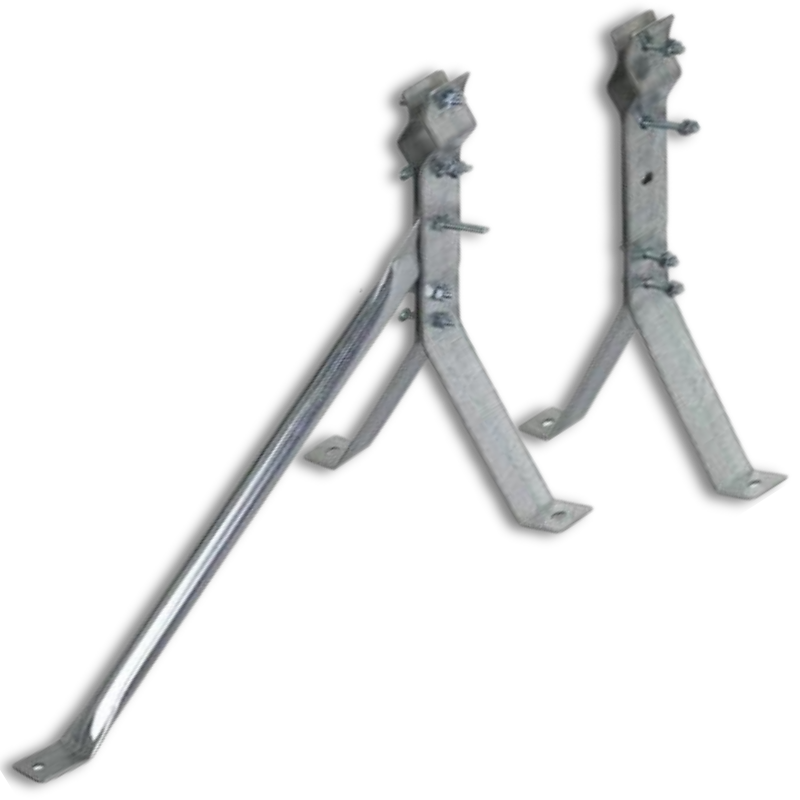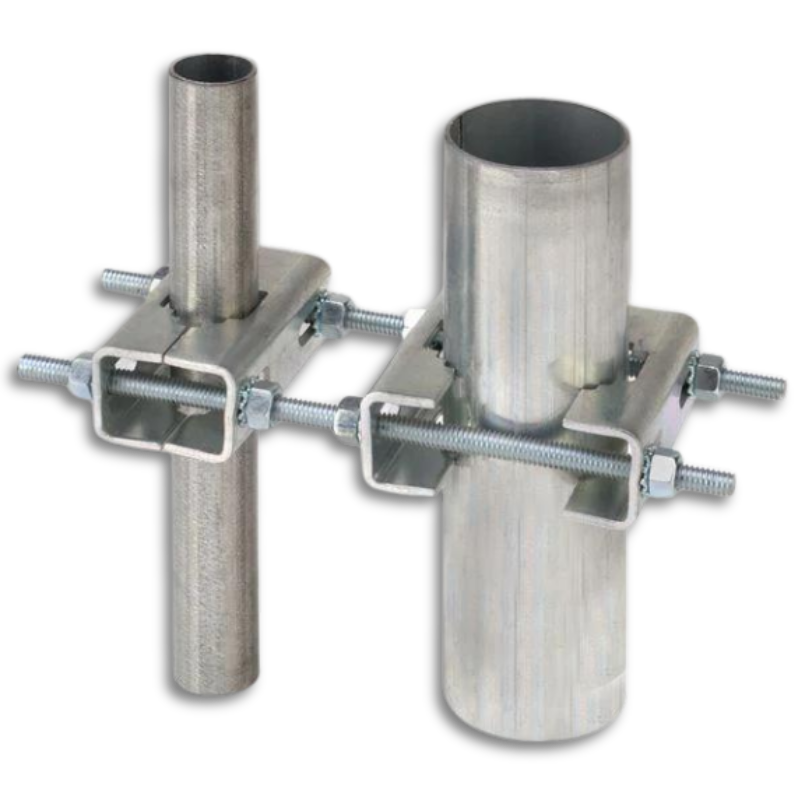From the Panhandle to the Gulf Coast, windsocks in Texas face some of the harshest conditions in North America.
Frequent exposure to:
-
High UV radiation — sunlight quickly fades fabric and weakens fibers.
-
Dust and sand abrasion — common in ranch and oilfield environments.
-
Heavy wind gusts — can stretch seams and distort the cone shape.
-
Humidity and rain — break down untreated or low-grade materials.
Even the highest-quality windsocks will show wear faster in Texas than in cooler, milder climates.
🔍 Signs It’s Time to Replace Your Windsock
Inspect your windsock at least once per season (four times a year). If you notice any of the following, it’s time to change it out:
-
Color fading – UV exposure can bleach orange to pale peach, reducing visibility.
-
Frayed seams or tears – edges or attachment points begin to unravel.
-
Loss of shape – the cone collapses, twists, or flutters even in steady wind.
-
Waterlogging or stiffness – fabric no longer sheds moisture or moves freely.
-
Inaccurate wind indication – the windsock points inconsistently or droops at normal wind speeds.
📅 The Best Time to Change a Windsock in Texas
For most operations, spring and fall are the ideal seasons for replacement.
🌸 Spring (March–May)
-
Replace before the high-wind months begin.
-
Ideal for airports and farms prepping for busy seasons — planting, spraying, or flight training.
-
Prevents mid-summer UV damage from compounding on an already worn sock.
🍂 Fall (September–November)
-
Replace after the intense summer sun and before winter storms.
-
Ensures accurate readings during winter cold fronts and Gulf wind shifts.
Pro Tip: In regions with year-round use (e.g., coastal airports or oilfields), consider a 6-month rotation — one windsock in service, one ready to install.
⚙️ How Long Does a Windsock Last in Texas?
Average lifespan varies based on quality and exposure:
| Windsock Type | Average Lifespan | Notes |
|---|---|---|
| Standard nylon - non coated | 3–6 months | Shorter life in high-UV areas |
| Vinyl - non coated | 8–12 months | UV-resistant and water-repellent |
| 300D PU polyester (The Custom Windsock Co) | 12–18 months | Reinforced seams, UV protection, and durable UV and water repellant coatings |
If your location experiences constant wind or high UV (West Texas, South Plains, Coastal areas), check quarterly and plan annual replacement at minimum.
🧵 Why Material and Construction Matter
Choosing the right windsock material for Texas conditions makes the biggest difference in longevity.
Look for:
-
UV-resistant coatings (prevents fading and fiber breakdown).
-
Waterproof PU coating (repels rain and dew).
-
High strength double and quad stitching (prevents seam tears).
-
High strength seams with reinforcements in high friction areas
These features come standard on all windsocks from The Custom Windsock Co, designed to handle Texas wind, sun, and sand with minimal maintenance.
🌤️ Final Tip: Replace Before It Fails
The best time to change a windsock is before it stops performing. A small tear or faded color may seem cosmetic, but it can lead to inaccurate readings — and in aviation or spraying operations, that’s a serious safety issue.
Rule of thumb:
If you wouldn’t trust your windsock on a windy spring day in Texas, it’s time for a new one.
✈️ Upgrade to Texas-Tough Windsocks
At The Custom Windsock Co, we manufacture FAA-compliant, UV-resistant, and water-repellent windsocks built to last through Texas weather. Choose from stock orange or custom printed designs to showcase your farm, ranch, or airfield name.

